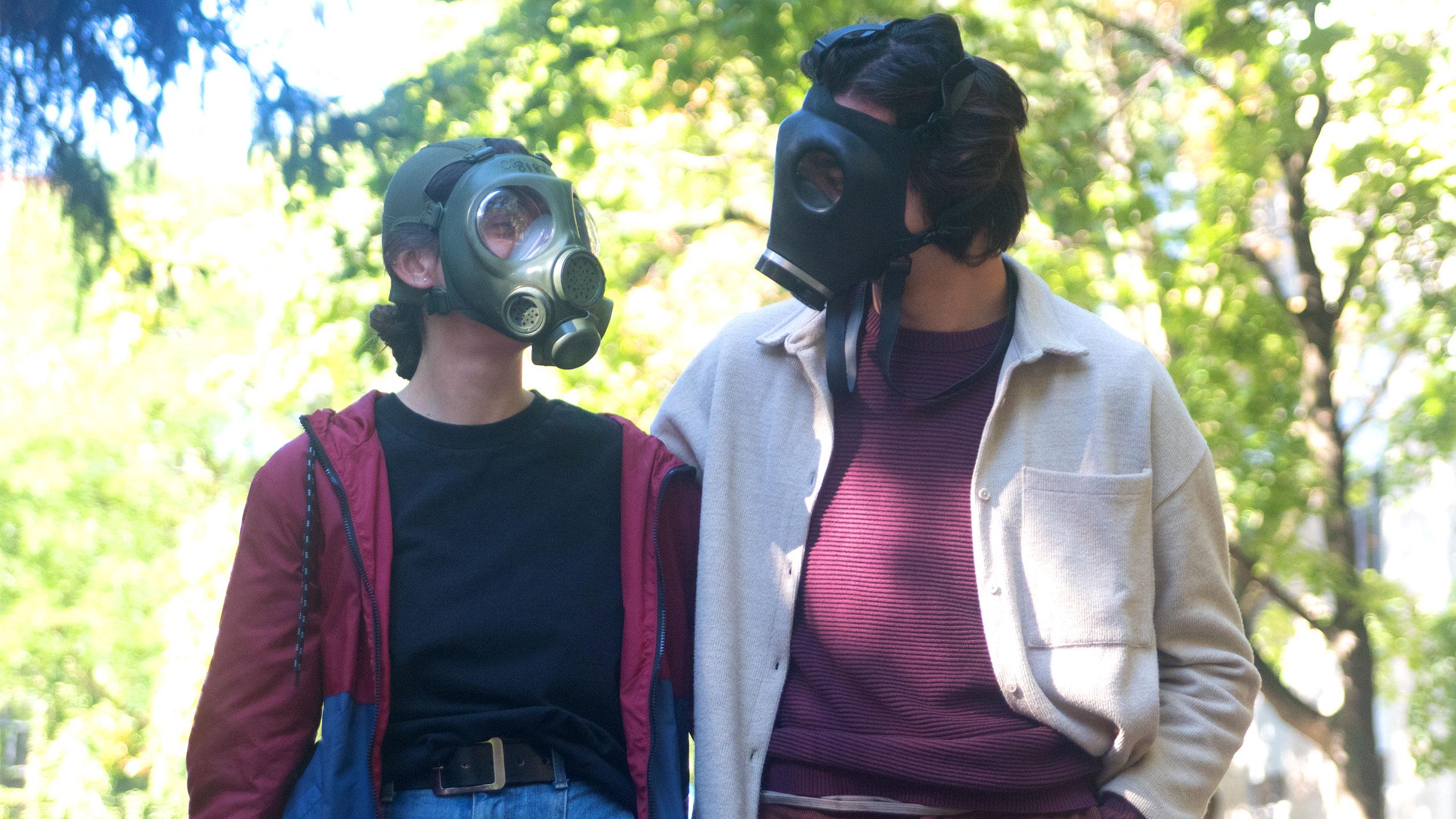There’s a unique challenge to covering scientific studies. When journalism and science meet, our aim is to translate academic research in a way that is easily digestible to the average reader. While reading this article, make sure to keep in mind that studies present data and do not provide conclusions.
By Gabrielle Olano
Ryerson students could be shortening their life expectancies by simply being on campus, according to a recent study done by the Department of Chemistry and Biology at Ryerson University.
Researchers assessed how premature mortality could be linked to various factors including environment, health and socioeconomic status. They studied 140 neighbourhoods in Toronto and found that those with higher levels of pollution, lower income and less tree canopy had increased mortality rates for residents.
The study concluded that living in the area where Ryerson is located, in the Church-Yonge Corridor, and in other highly polluted downtown neighbourhoods, is equivalent to smoking between 624 and 1,033 cigarettes per year.
The study was conducted by researchers Luckrezia Awuor, an environmental applied science and management graduate student, and Stephanie Melles, an assistant professor in the Department of Chemistry and Biology at Ryerson.
“Generally speaking, greater pollution correlates with greater premature mortality,” said Melles. “It’s also possible that the differences between where a person lives and where they work play a role in their overall exposure to pollutants.”
“A downtown campus has inherent higher air pollutants, and that’s the same for UofT and other universities as well that are downtown,” said Melles. “Especially if you’re going to be living downtown, it’s something to think about knowing that the air we’re breathing is not necessarily the best quality air.
Living near Ryerson is equivalent to smoking up to 1,033 cigarettes a year
Home to over 40,000 undergraduate students commuting in and out on a daily basis, or living in the downtown core, Ryerson students are more likely to be exposed to greater health risks, according to Tor Oiamo, an assistant professor in the Department of Geography and Environment Studies. However, the Ryerson community is not the most at-risk demographic.
“As a particular segment of the population, I wouldn’t necessarily worry about it,” said Oiamo. “A lot of young adults tend to be more active and are generally healthy in other ways. You’re not the most vulnerable population,” says Oiamo.
In a statement regarding the study on the Faculty of Science’s website, Melles said “visible minorities and Indigenous peoples are most at risk of living in neighbourhoods with higher premature mortality rates.” In comparison, wealthier neighbourhoods have greater tree cover than neighbourhoods in industrial areas. She pointed out that although such results are expected, they emphasize an issue of social injustice and systemic inequity in the city.
“We need to potentially provide more services in those neighbourhoods and more dollars invested per area than we would in neighbourhoods that have higher affluence,” said Melles. “In order to level out the playing field we have to invest more in those areas.”
Melles also commented on the need for more air quality monitoring stations in the city in order to adequately study these health risks. Currently there are four air quality monitoring stations in the Greater Toronto Area.
In addition to the already polluted air we breathe at school, the construction along Gould Street is causing students to inhale extra dust and debris. That said, any increase in pollution would be short-term, and only produces more of an irritant to those with asthma, Oiamo said.
The construction, known as the Campus Core Revitalization project, is set out to remove a number of invasive trees and replace them with healthier species better suited for Ryerson’s environment. The project aims to add almost double the number of trees on campus, which Oiamo said will contribute many positive effects to campus life.











Matthew
I knew it